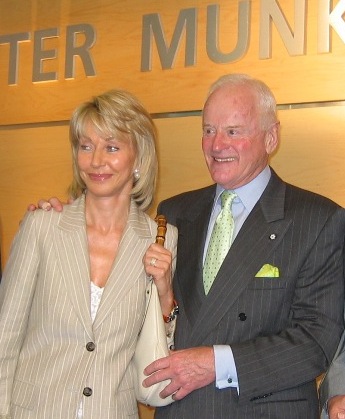http://www.thesudburystar.com/
Sudol believes Sudbury is the right choice for the ferrochrome
smelter. “The facility in Finland does not have a detrimental
effect on their local environment or workers. It will be the
same in Sudbury,” he said. “Sudbury is serviced by two class
one rail lines, has a number of brownfield sites that can be
used to construct and expand the facility and has no issues
with power availability.
“With strategic clusters of mine supply and services, mining
education – two colleges and a university – and a wide assortment
of underground, metallurgical, environmental, and health and safety
research in the community, Noront can take advantage of more than
135 years of mining expertise that is unmatched anywhere else in
Northern Ontario or the entire country for that matter. (Stan Sudol)
On the heels of his fact-finding mission to Finland, Mayor Brian Bigger is really excited about Sudbury’s bid to host the Noront Resources ferrochrome production facility.
For one thing, there is already a skilled and knowledgeable work force in Sudbury that supports eight mines, two smelters and two mills.
“There is a lot of expertise within our community to support that kind of operation,” Bigger said this week. “We’re familiar with these types of operations in Sudbury. We understand what’s required to support that kind of business.”



























